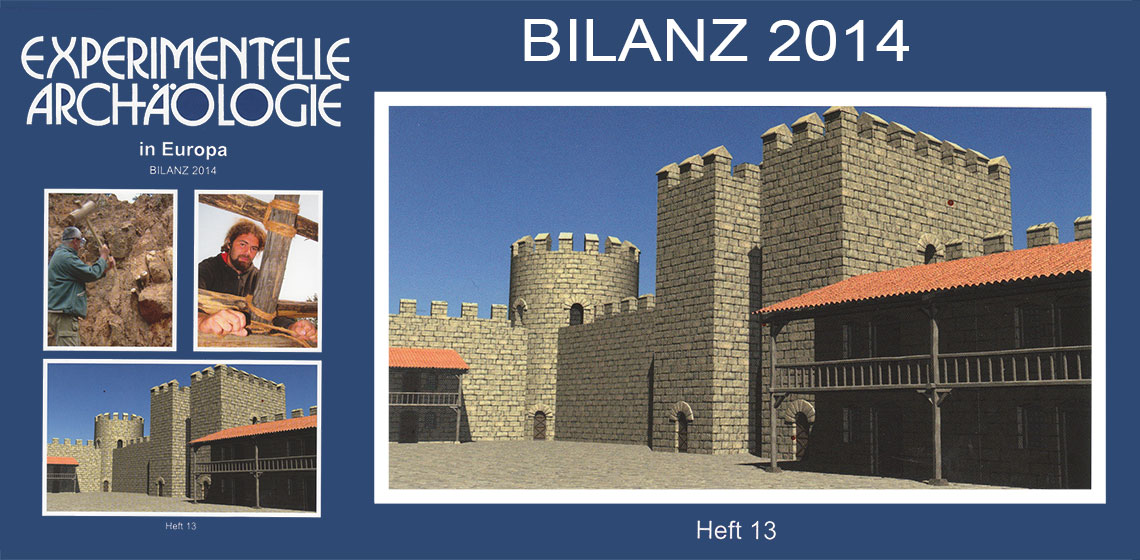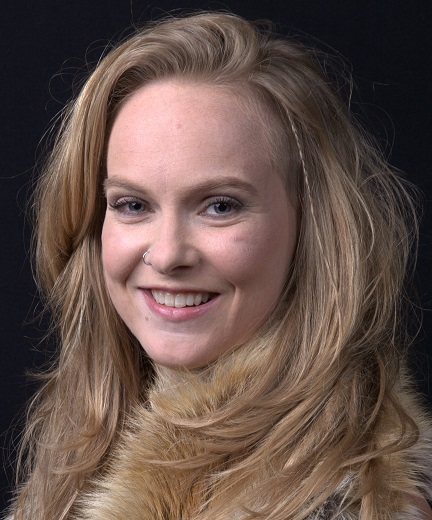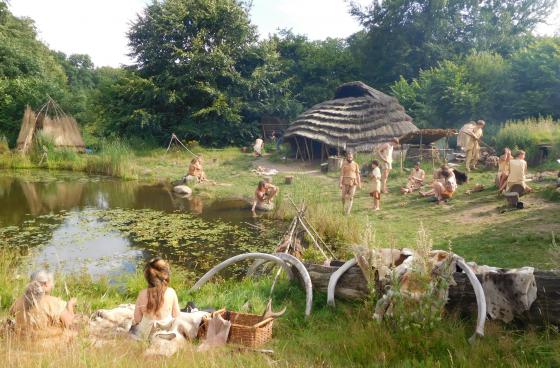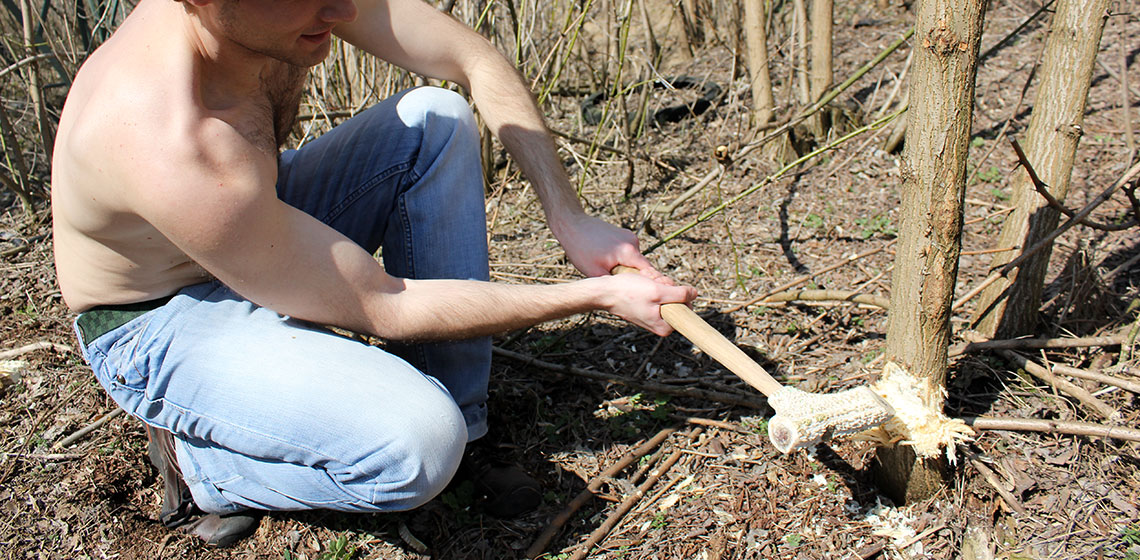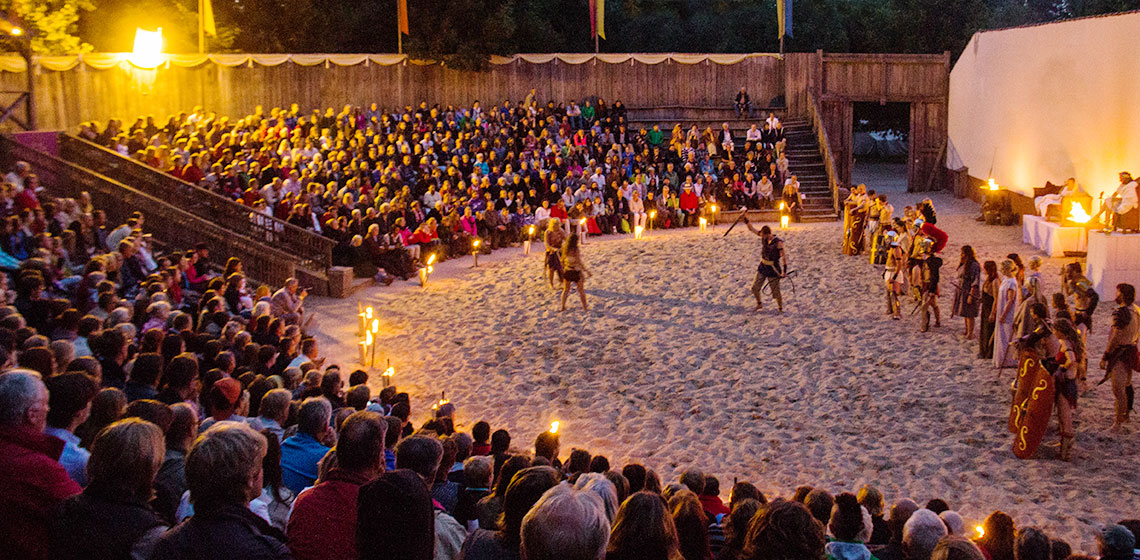Mesolithic
Matilda Siebrecht cand. PhD
Education:
MA Archaeology from the University of Aberdeen (2014)
My dissertation looked at the possible uses of seaweed in Viking Age Metallurgy. This research used experimental methods working with seaweed in an iron-age style forge (provided by EXARC member Dave Budd).
Book Review: Experimentelle Archäologie in Europa, Bilanz 2014
***Volume number 13 of the periodical Experimentelle Archäologie in Europa. Bilanz contains 215 pages with 18 different articles on a wide variety of subjects. The contributions are presented in four sections: Experiment and Test, Reconstruction Archaeology, Theory and Emanation’, and Short reports...
Professor Grzegorz Osipowicz PhD
I work in the field of experimental archaeology for more than 20 years. My interest focus on the technology and function of the prehistoric stone and osseous artefacts, which I study mainly with the use of the traceological method.
Lucia Ros
Hello! My name is Lucia.
I am a woman with wide interests and experience, and always looking for new challenges and learning opportunities!
CRISP (IT)
Interuniversity Research Centre for The Study and Promotion of Prehistoric Cultures Technologies and Landscapes
The University of Siena, the University of Rome “La Sapienza” and the University of Tromsø (NO) signed an agreement for the establishment and operation of an Interuniversity Research Center for the study and promotion of Prehistoric cultures, technologies and landscapes - CRISP. The three Universities are involved in research activities related to Prehistory and they all are interested in study methodology based on Spatial analysis in archaeology, Experimental archaeology, Anthropology and Ethnography and diffusion of scientific knowledge by means of musealisation.
The University of Siena, the University of Rome “La Sapienza” and the University of Tromsø (NO) signed an agreement for the establishment and operation of an Interuniversity Research Center for the study and promotion of Prehistoric cultures, technologies and landscapes - CRISP...
European Stone Age Gathering
Last July, we had about 60 Stone Age people from all around Europe and even Israel and South Africa joining us for the first great gathering of this kind. Everyone asked for more and longer, so here we go. We come together to exchange skills and knowledge, getting to know each other, making future plans and friends, enjoying fire, sauna and our pool.
Conference Review: 9th Experimental Archaeology Conference, Dublin 2015
***The ninth Experimental Archaeology Conference was held over 16-18 January 2015 at University College Dublin (Ireland). A large gathering of nearly 200 delegates from more than 25 countries across the EU and the Americas was hosted by UCD School of Archaeology and the Irish National Heritage Park. Twenty papers and 26 posters...


